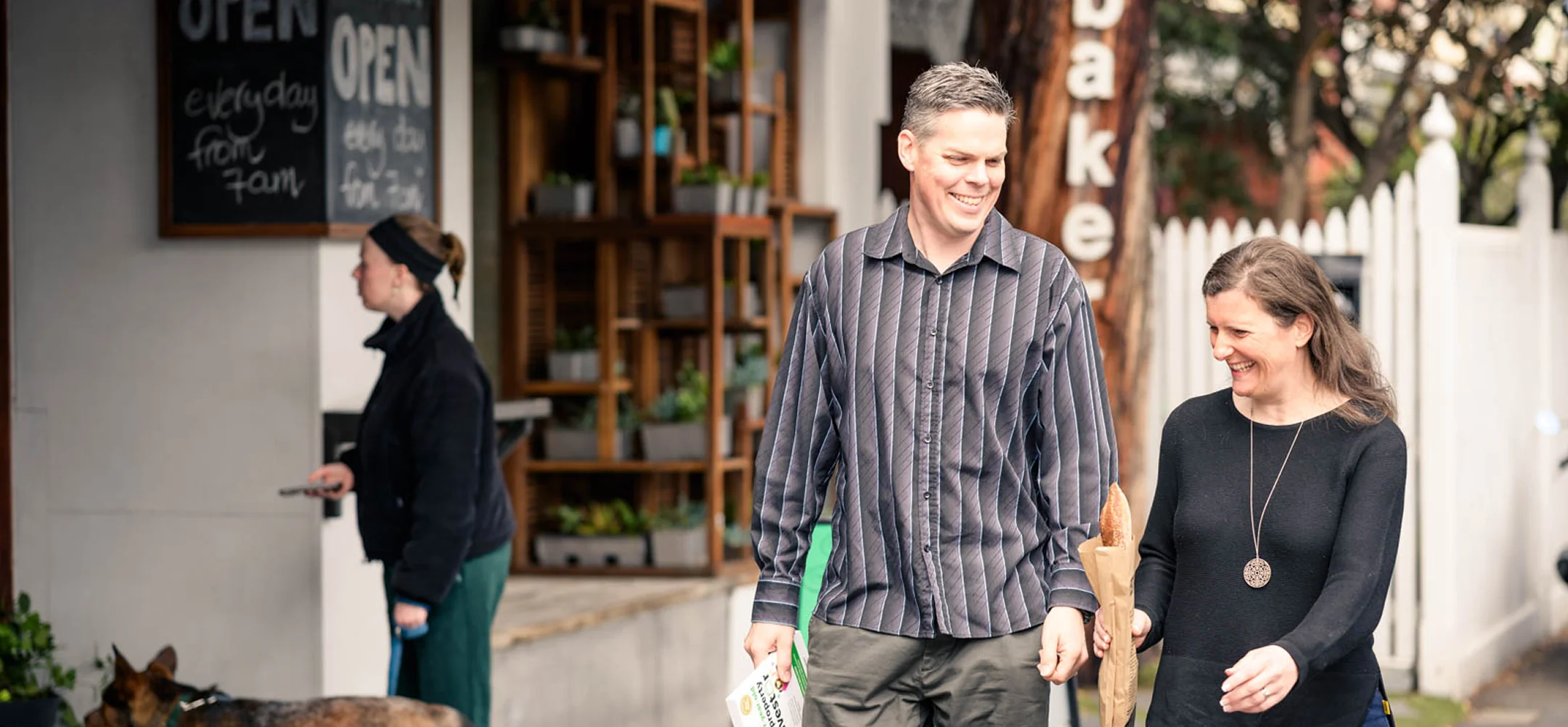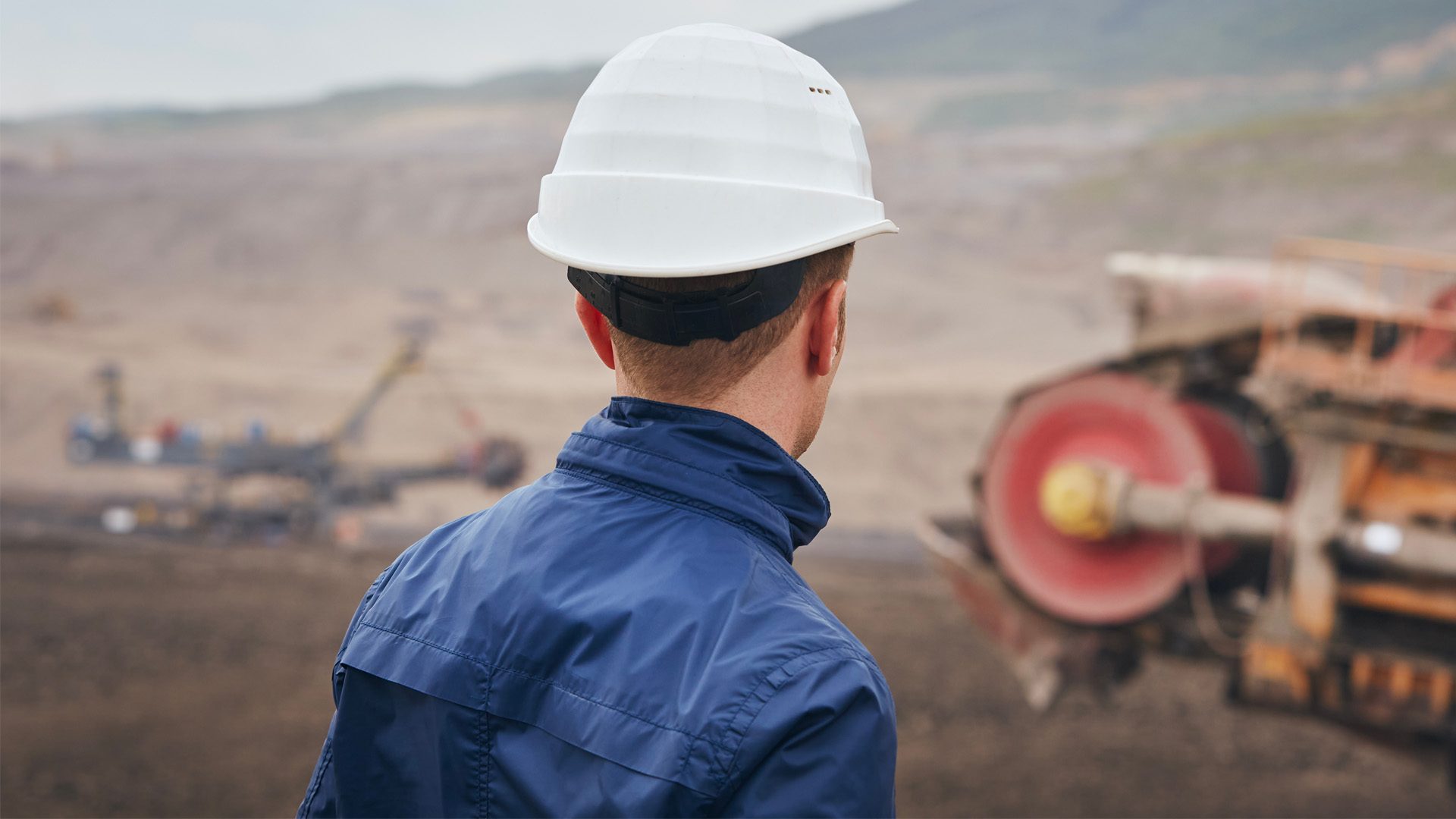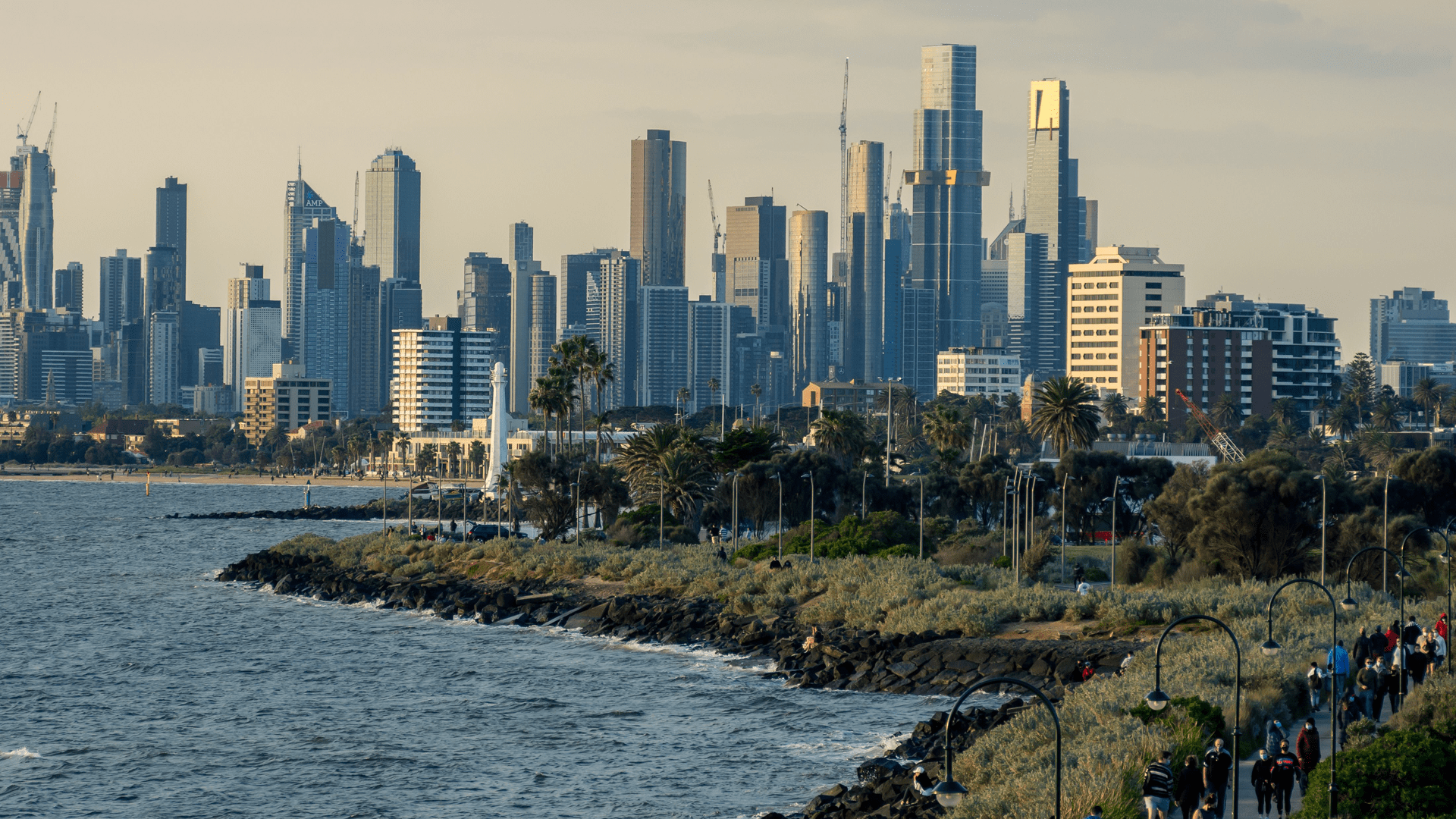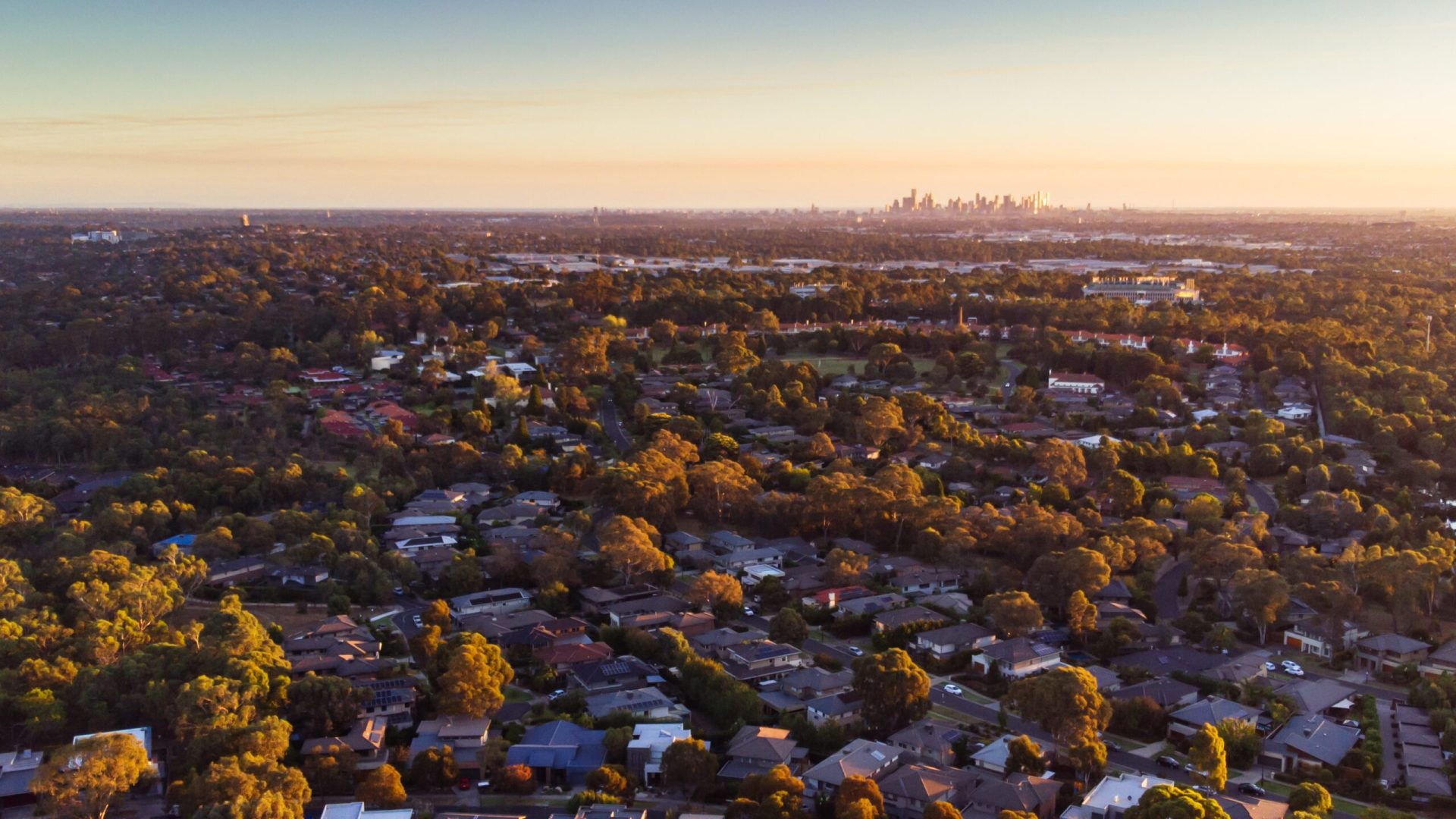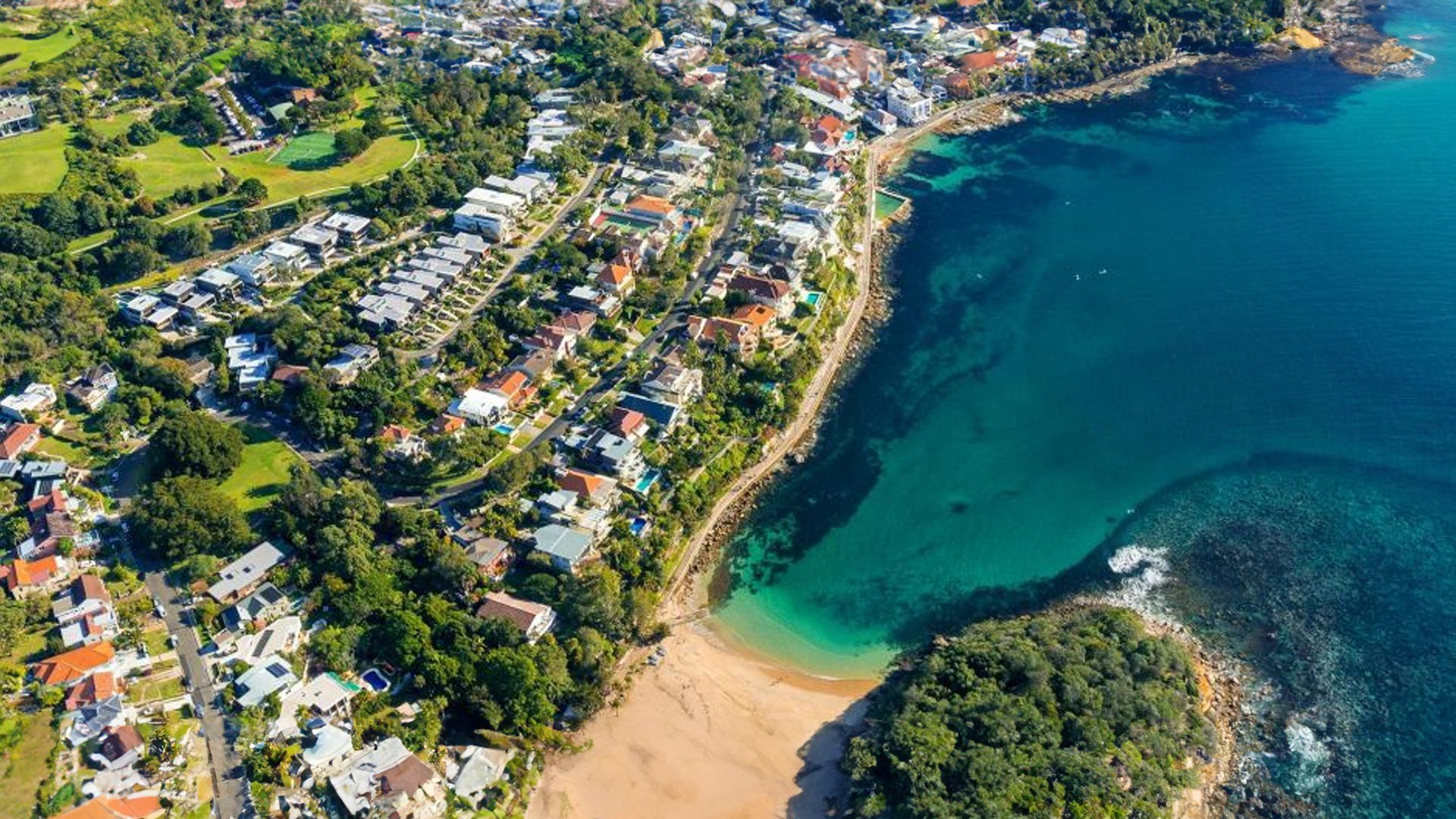Coronavirus Update
It’s been around 4 weeks since our last major update on Coronavirus and it feels like about 4 years. On a positive note, Australia seems to be moving in the right direction with its health outcomes as well as the financial and economic policies that have been implemented so far. Sadly, there are other parts of the world that have not fared so well and our thoughts are with the many people around the globe that are experiencing an unimaginable tragedy.
While we are still a long way from being clear of Covid-19, the last few weeks have no doubt reminded us all of the good fortune that we have to live in a country with a solid health care system, (mostly) transparent government, and probably the most solid financial system in the world.
So, let’s look at what has changed since our last update:
- Australia has effectively closed off it’s borders from the rest of the world, slowing down the rate of growth of Covid-19 and achieving one of the lowest mortality rates in the world
- The majority of early cases were linked to overseas arrivals and since introducing tighter movement controls and social distancing, Australia has brought the transmission rate down to a rate of less than 1.
- Globally, 80% of “closed cases” have been recorded as “recovered”, but there are countries like USA (61% recovery rate) and Italy (63% recovery rate) which have a much higher mortality rate resulting from the high rate of transmission, which exceeded their health systems ability to deal with the demand for ICU beds. By contrast, 98% of all closed cases in Australia have resulted in recovery and our mortality rate is less than 0.1% at this point in time.
- This is a great advertisement for “team Australia”, for reasons that I will come back to later on.
- From a financial perspective, we are also leading the way. Due to the exceptionally high capital ratio’s that our banks hold (which were noted in our last report) Australian Banking Association were able to get agreement amongst the major banks to implement lenient rules for financial hardship allowing borrowers to have a mortgage holiday
- This is not quite the same as the Italian government “freezing” mortgage repayments, which we alluded to last month, but it removes the cashflow burden from households in the short term.
- Banks will still accrue interest and add it to the loan balance, so it will be paid eventually.
- The important thing is that banks won’t be looking to take possession of anyone’s homes in the short term, which means that there won’t be a glut of properties being sold under duress and putting downward pressure on prices. Therefore, the housing market should hold up – particularly in the working class suburbs which are supported by government policies.
- A Code Of Practice has been developed for managing leasing negotiations between commercial landlords and their tenants
- Similar to the “mortgage holiday”, the premise of the governments approach here has been to defer lease payments until business conditions improve. The landlord could then tie in a deferral of their mortgage interest, so from a cashflow position the landlord is no worse off as the tenant will eventually have to pay the delayed lease payments.
- State governments have issued a moratorium on evictions for residential and commercial property where a tenant falls into arrears on a lease
- To be clear, evictions are not prohibited but the grounds for evicting a tenant have been narrowed in favour of the tenant
- State’s are now working on residential tenancy guidelines, including support for landlords
- The Queensland government has already introduced a Covid-19 Rental Assistance package, equal to 4 weeks rent, for tenants who lose their job during the pandemic and don’t have access to other assistance.
- Other states are looking at similar schemes, and many have also announced discounts on land tax for residential landlords, although this is really only a benefit to landlords that already pay land tax as many individual property owners do not.
- The Australian governments JobSeeker and JobKeeper allowance have provided a lifeline to all small businesses and individuals in Australia
-
- Assuming the JobKeeper allowance is the minimum payment over the next 6 months, a family of 2 working parents should take home a minimum of $6,000 per month (before tax). OpenCorp client property portfolios typically cater to the family market with rents between $320-$500/week, with an average around $400/week. Therefore, a family on JobKeeper allowance will pay less than 29% of their before tax income towards rent.
- Even on JobSeeker, a couple would still be able to afford to maintain their rent at $400/week.
- Tied with ultra-low interest rates, these allowances have also underpinned the mortgage payments for families in OpenCorp’s target markets.
- The premium end of the market is not being supported, so we expect to see price falls in some of the more affluent suburbs where income reductions will be the most impactful.
- While we don’t focus on the share market, the ASX has stabilised and financial (debt) markets have reached a level of moderate stability for the time being, thanks to the RBA and other central banks stepping in to keep interest rates down.
- As a result, mortgage rates for borrowers are at all-time lows and there is significant financial incentive to refinance loans now to reduce the cost of holding an existing portfolio.
That’s quite a lot for a short space of time. Now that we have all had a chance to get used to social distancing and the rate of new information is slowing, it makes sense that the next thing on everyone’s minds is, “what happens next?”
Clearly, the case for relaxing social distancing restrictions is not yet strong enough for the Australian government. What they have said is that when it happens, it will happen slowly. Experts in the field of epidemiology have also made the point that without a vaccine, and with the vast majority of our population not having natural immunity to the virus, Australia is still susceptible to a second wave of the virus in the future.
This is important because history shows that pandemics like this usually occur in waves over 12 to 24 months. The second wave of the Spanish Flu, which arrived around 6 months after the first cases were reported, was far deadlier than the first wave.
Therefore, when social distancing rules are relaxed in Australia there is likely to be a prolonged period of strict border controls. It is unlikely that Australia’s will be leaving the country for holidays any time soon, or that international visitors will be coming here in large numbers. It also seems likely that immigration, which has supported our residential property market through increased housing demand, will be impacted for at least the next 12 months. That might sound concerning, but we think there is a silver lining (and I alluded to it earlier).
The Silver Lining
As we mentioned in our last update, historically governments have spent their way out of economic downturns. There are numerous examples from the Great Depression, with the US government funding over 34,000 public and private works projects to kickstart the economy in the 1930’s. More recently, in the GFC financial involvement of central banks resulted in lower interest rates and increased asset prices, while the Australian government established the $42 billion Nation Building Economic Stimulus Plan, including:
- Energy Efficient Homes Package (K. Rudd’s Pink Batts)
- Education Revolution (school gyms)
- 70,000 Social Housing
- National Rental Affordability Scheme
- Defence Housing for 303 residents
- Road and Rail Infrastructure
- Regional and Community Infrastructure
Notice that all of these projects are construction related, and the vast majority of funds were directed to housing.
So far, the financial stimulus from the Australian government to tackle Covid-19 has focussed on putting the country’s economy on idle for the next 6 months. In fact, that is largely the response from around the globe. But as with any large vehicle, shifting gears out of idle and building momentum takes a lot more fuel. It is therefore highly likely that when the government wants to wean the country off the Job Seeker and Job Keeper support packages, they are going to have to pump the gas quite hard to get the economy firing on all cylinders.
That will most likely take the form of support for funding for construction projects, including housing. There is also a high probability of some reform taking place, either through reduced red tape or new tax policies that are supportive of investment. There is also a strong possibility of a resurgence in local manufacturing, particularly in areas where there is a strong case for local production, such as in the medical space or where the construction sector has become heavily reliant on goods produced overseas and which are critical to successful project completion.
Initially, the new nation building projects will need to start before immigration pathways open up again so we may move into a period of having resource shortages in some parts of the economy. Nonetheless, immigration is likely to remain a high priority for the government as our ageing population will have an increased debt burden, and reduced savings, after this pandemic, so the previous policy of importing skilled young people who are going to build their own families here and contribute to the countries tax revenues is likely to prevail.
We therefore believe that it is likely that the government will be looking for a way to open up immigration soon after relaxing social distancing for the general public. This may take the form of extended quarantine periods for newly arriving residents, using hotels as quarantine locations as many hotels will be suffering from the reduced international visitors. Most likely, there will be stringent application practices and immigration will be limited to skilled workers that are going to be needed for the major projects that will result from the government stimulus.
Thanks to the successful handling of the virus, and the support packages offered by the government, there is a strong chance that demand for Australian residency will increase in the future. This is subject to Australia maintaining its positive control of Covid-19.
The low Australian dollar will also support foreign investment in Australia, as our housing has become 20% cheaper to someone bringing their money into Australia from overseas than it was at the start of the year.
No doubt, the government will maintain it’s focus on the health outcome of the virus. That is critical to everything else getting back on track. While the next 6 months are likely to be challenging, with many people uncertain about what the future holds and lots of people suffering hardship, we will get through it. On the other side, there is likely to be a period of building up momentum and then we will all have the opportunity to be carried along with that momentum which will undoubtedly favour appreciating assets.
Disclaimer: The content within this article is subjective and is based on the educated opinion and information obtained by OpenCorp professionals. No claim is made to the accuracy of the content provided. Property investing decisions made are at the sole discretion of the client. Information, data and advice supplied within this article should be used as a guide only.

